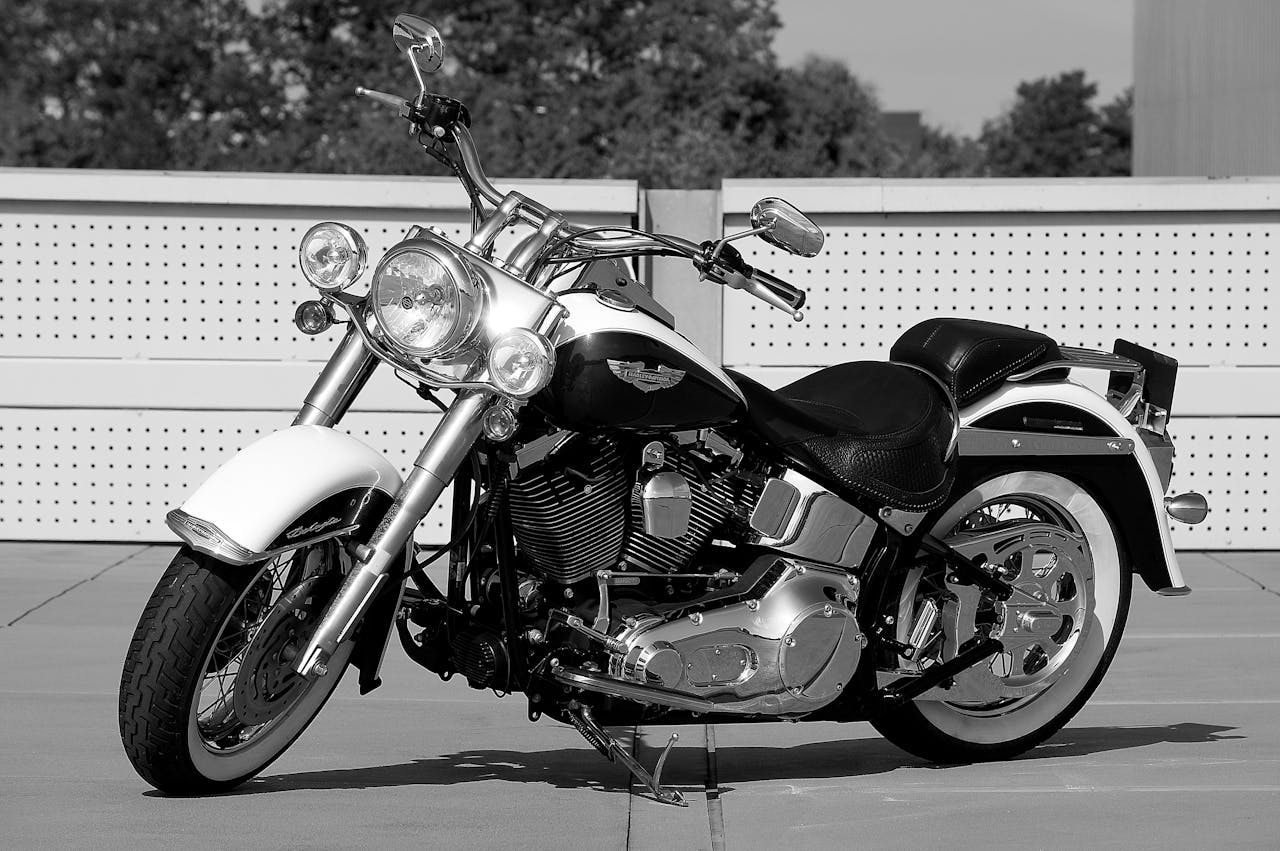In the realm of automotive engineering, the pursuit of efficiency and power is a perpetual journey. Every component within an engine plays a crucial role in achieving the desired balance between performance and fuel economy. While motorcycles and cars are distinct vehicles with their own unique engineering challenges, there are valuable lessons to be learned from the design and optimization of motorcycle engine parts.
In this article, we delve into the intricacies of motorcycle engine technology and explore how certain components can be adapted or integrated into automotive engines to enhance overall performance.
The Heart of the Machine: Engine Basics
At the core of both motorcycles and cars lies the engine, responsible for converting fuel into mechanical energy. While the fundamental principles of internal combustion engines remain consistent across vehicle types, the execution and optimization can vary significantly. Motorcycle engines, typically smaller and lighter than their automotive counterparts, often prioritize agility and responsiveness over raw power.
However, advancements in materials and design have enabled motorcycle engines to deliver impressive performance within a compact form factor.
Cylinder Configuration and Performance

One key aspect where motorcycles often diverge from traditional automotive engines is in cylinder configuration. While cars commonly feature inline, V-shaped, or horizontally opposed cylinder layouts, motorcycles frequently utilize compact and lightweight configurations such as single-cylinder, parallel-twin, or V-twin designs.
These configurations offer advantages in terms of weight distribution, packaging efficiency, and thermal management.
Single-cylinder motorcycle engines, for example, are renowned for their simplicity and agility. With fewer moving parts and reduced frictional losses, these engines can deliver a high power-to-weight ratio, making them ideal for lightweight motorcycles and off-road vehicles.
Parallel-twin and V-twin configurations, on the other hand, offer a balance between compactness and smoothness, providing ample torque across a wide range of engine speeds.
The Power of Compression: Cylinder Head Design
Another critical aspect of engine performance lies in the design of the cylinder head. In both motorcycles and cars, the cylinder head plays a crucial role in controlling airflow, managing combustion, and dissipating heat.
Motorcycle engines, with their emphasis on lightweight construction and high-revving performance, often feature advanced cylinder head designs that optimize airflow and combustion efficiency.
Variable valve timing (VVT) and variable valve lift (VVL) technologies, commonly found in modern automotive engines, are increasingly making their way into motorcycle designs. These technologies enable precise control over the intake and exhaust valves, optimizing performance across different operating conditions.
By adjusting valve timing and lift, engineers can enhance power output, improve fuel efficiency, and reduce emissions without sacrificing overall engine responsiveness.
Fuel Delivery and Combustion

Efficient fuel delivery and combustion are essential for maximizing engine performance while minimizing emissions. In the realm of motorcycles, advancements in fuel injection systems have revolutionized engine efficiency and throttle response.
Unlike traditional carbureted systems, electronic fuel injection (EFI) allows for precise control over fuel delivery, resulting in more consistent performance and reduced fuel consumption.
The integration of EFI systems into automotive engines has become increasingly common, thanks to their ability to meet stringent emissions regulations while enhancing overall drivability. By precisely metering fuel delivery based on engine load, speed, and temperature, EFI systems can optimize combustion efficiency across a wide range of operating conditions.
This translates to improved fuel economy, reduced exhaust emissions, and smoother acceleration, benefiting both drivers and the environment.
Lightweight Construction and Materials
In the quest for efficiency and performance, every gram counts. Motorcycle engineers have long embraced lightweight construction techniques and advanced materials to achieve impressive power-to-weight ratios.
From aluminum and magnesium alloys to carbon fiber composites, these lightweight materials offer strength and durability without adding unnecessary bulk.
The adoption of lightweight materials in automotive engineering has accelerated in recent years, driven by the demand for fuel-efficient vehicles and tighter emissions standards. By reducing vehicle weight, engineers can improve fuel economy, enhance handling dynamics, and increase overall efficiency.
From chassis components to engine internals, lightweight construction techniques derived from motorcycle engineering are reshaping the future of automotive design.
The Future of Efficiency and Power

As automotive manufacturers continue to push the boundaries of performance and efficiency, the lessons learned from motorcycle engineering will undoubtedly play a significant role in shaping the future of automotive design.
From advanced cylinder head designs to lightweight construction techniques, the optimization of engine components holds the key to unlocking new levels of performance and sustainability.
By leveraging the latest advancements in materials science, combustion technology, and electronic controls, automotive engineers can create vehicles that deliver exhilarating performance while minimizing environmental impact.
Whether it’s through the integration of motorcycle-inspired components or the development of entirely new technologies, the pursuit of efficiency and power remains at the forefront of automotive innovation.
Conclusion
Efficiency and power are the driving forces behind automotive engineering, shaping the design and optimization of engine components for maximum performance. By drawing inspiration from motorcycle engineering, automotive manufacturers can leverage innovative technologies and lightweight construction techniques to create vehicles that deliver an unparalleled driving experience.
From advanced cylinder head designs to precision fuel delivery systems, the lessons learned from motorcycles offer valuable insights into the future of automotive design and performance. As we continue to push the boundaries of what’s possible, the quest for efficiency and power remains an enduring pursuit in the ever-evolving world of automotive engineering.










